The tiger’s roar is a testament to the pulse of the wild. When that sound fades, it’s not just the forest that falls silent—it is the entire ecosystem that feels the void."

In the last five years alone, the country has lost 628 tigers, with a heart-wrenching 178 deaths recorded in 2023. Each loss is a blow to conservation, a step closer to the erasure of these iconic creatures from the wild. The most recent tragedy, however, has sent shockwaves through the nation—the death of Tiger T-86 in Ranthambhore National Park. This incident not only highlights the growing crisis of human-tiger conflict but also raises urgent questions about the safety and future of these apex predators.

Found near Uliyana village, not long after a tiger had attacked and killed a local resident, T-86’s body showed signs of violent trauma. Multiple deep injuries suggested a possible human role in its death, with postmortem findings revealing gunpowder traces.

Ecological Consequences of Tiger Deaths
The loss of tigers has deep and far-reaching impacts on ecosystems. As apex predators, tigers play a critical role in regulating prey populations. Which further helps maintain the balance within forest ecosystems.Their decline disrupts the food chain, affecting not only herbivore numbers but also plant life and other species, leading to reduced biodiversity. . The absence of tigers disrupts the natural processes that sustain healthy landscapes, impacting water resources, soil health and carbon sequestration. These ecosystems, already under threat from human encroachment and climate change, become less resilient without their keystone species.
Death of tigers can set off trophic cascades
A chain of ecological events that disrupts entire ecosystems and carries significant economic and environmental costs.The ecological disruption extends far beyond wildlife. Overgrazing reduces the ability of forests to store carbon, exacerbating climate change. Healthy forests, rich in vegetation, play a crucial role in carbon sequestration by absorbing CO2 from the atmosphere. Without tigers, vegetation degradation limits this ability, leading to higher carbon emissions. It’s estimated that forests in tiger habitats absorb millions of tons of CO2 annually, so their decline could result in significant increases in greenhouse gases. A national policy intervention for tiger conservation in India has demonstrated the substantial forest carbon storage co-benefits of tiger protection. Between 2007 and 2020, enhanced protection in tiger reserves resulted in over 5,800 hectares of avoided forest loss, corresponding to a reduction of 1.08 ± 0.51 MtCO2 equivalent in emissions. This translates to a social cost of emissions reduction worth US$92.55 ± 43.56 million and potential revenue from carbon offsets amounting to US$6.24 ± 2.94 million.
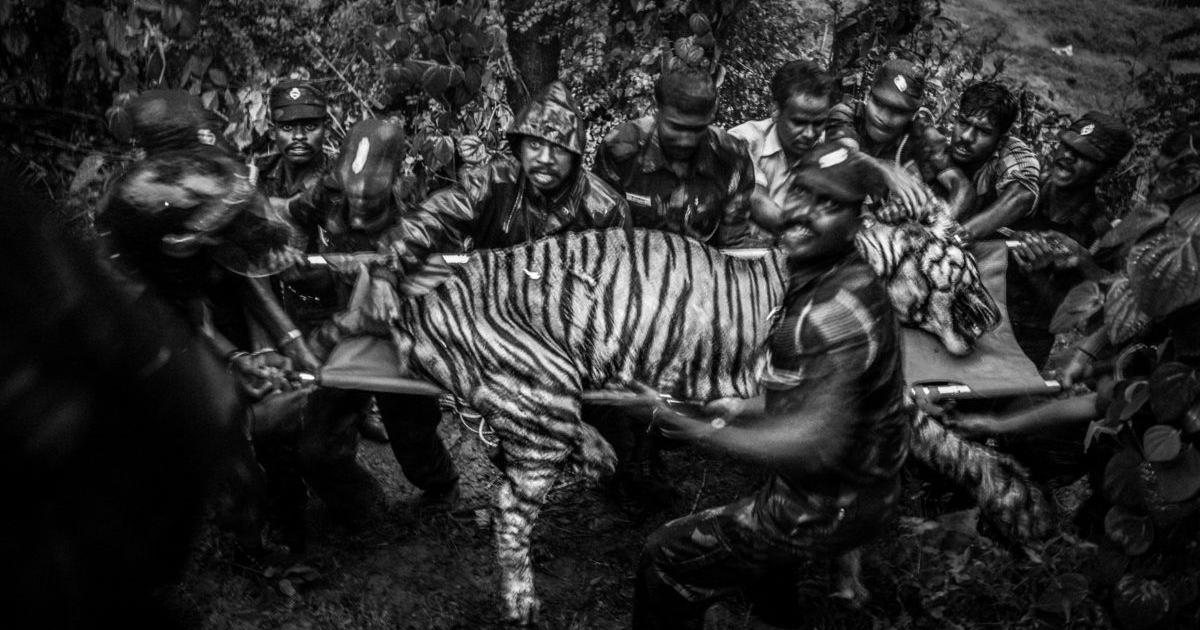
What is Human-Tiger Conflict
Human-Tiger Conflict occurs when tigers prey on livestock or, in rare cases attack humans, often in areas where human settlements overlap with tiger habitats. This conflict arises as tigers venture into populated areas due to shrinking habitats and declining prey. It leads to economic losses for communities and poses safety risks. The man-eating behavior of tigers also adds to the challenge. Such incidents not only harm wildlife populations but also fuel local hostility towards tigers, complicating efforts to ensure human-tiger coexistence
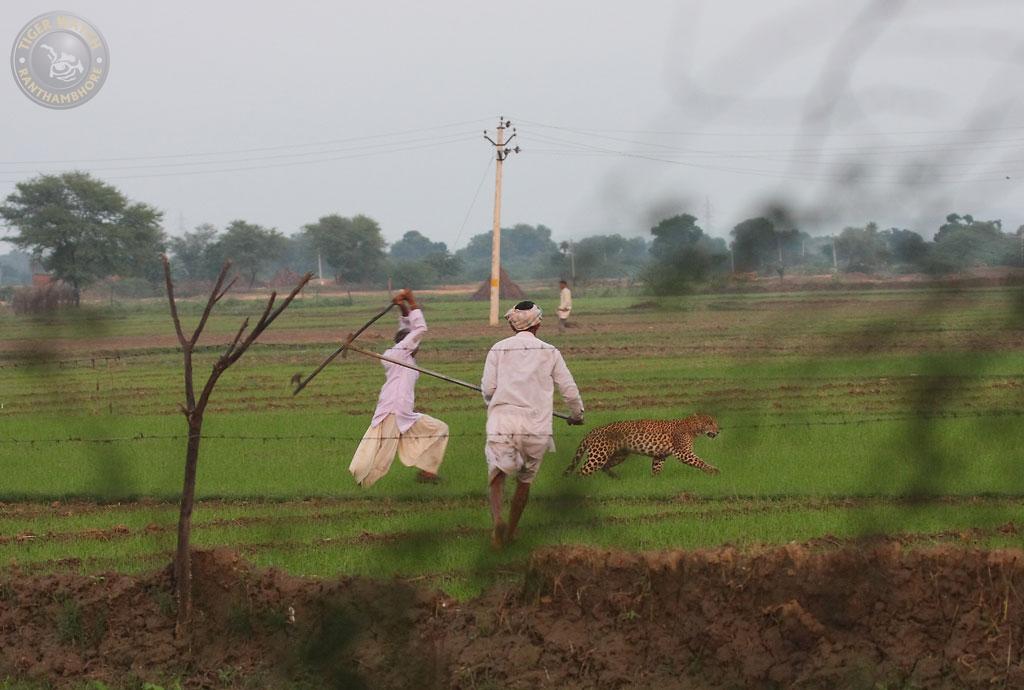
(Picture credit- Tiger Watch)
Causes of Human-Tiger Conflict
1.Livestock Attacks
- Tigers often kill domestic livestock grazing in forests or pasturelands, especially where wild prey is scarce.
- In areas with high competition from livestock, tigers may kill up to 12% of herds annually, causing economic losses for locals.
2.Accidental Human Fatalities
- Tigers typically avoid humans, but accidental attacks may occur when tigers enter villages for livestock and are confronted. This happens when man enter their reigion.
3. Man-Eating Behavior
- Tigers begin to view humans as prey and may persistently stalk and attack them.

How can we mitigate and ease the challenges of human-tiger conflict?
-
Strengthening Legal Frameworks: The current legal restrictions in India make it difficult to handle urgent conflict situations effectively. A more flexible approach, allowing local wildlife managers to make decisions in emergencies, would enable a quicker response to life-threatening situations, such as tigers preying on livestock or humans.
-
Improving Livestock Management: One of the primary reasons for conflict is the killing of livestock by tigers. Ensuring better livestock management practices, such as grazing in protected areas or using guards to watch over herds, can reduce opportunities for tigers to prey on domestic animals. Education programs for local communities about keeping their animals safe can also be effective.
-
Preventing Accidental Human Encounters: Accidental human killings by tigers are rare, but they can occur when tigers are provoked or feel threatened. Enhancing awareness in communities near tiger habitats about how to avoid tiger encounters and improving safety measures for people living close to forests can help prevent such tragedies.
-
Non-Lethal Control Measures: Using non-lethal deterrents, such as electrified barriers, alarms, or human dummies, can help discourage tigers from entering human settlements or areas with livestock. These methods need to be tested for effectiveness in different environments, particularly in rural settings with limited resources.
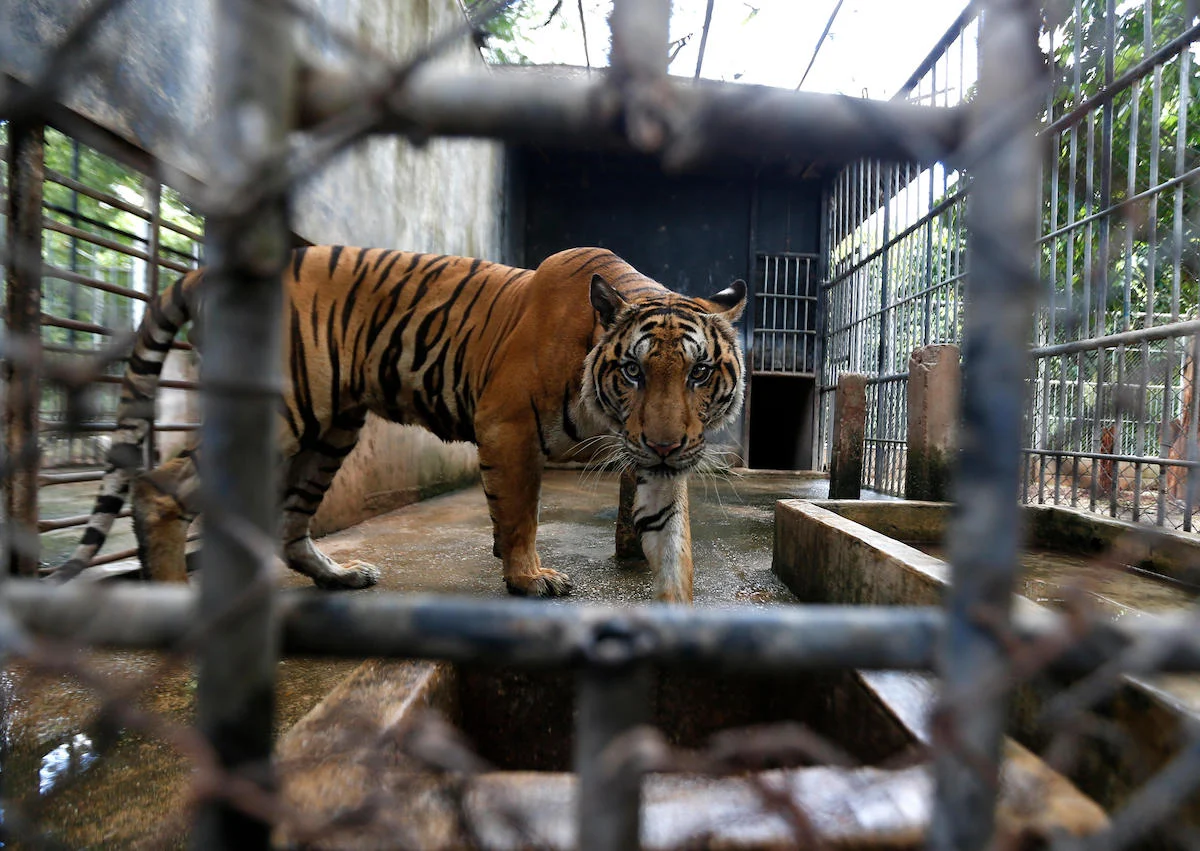
-
Capture and Relocation : An alternative to lethal control is capturing and relocating “problem tigers.” However, identifying the exact tiger responsible for a conflict is difficult unless it repeatedly enters settlements. But translocating captured tigers to new habitats can introduce fresh conflict, as these territories are often already occupied, leading to competition and, potentially, new fatalities among local tiger populations.
-
Compensatory Payments and Livelihood Support: Providing quick compensation for human or livestock losses can help mitigate local resentment towards tigers. Offering alternative livelihoods or insurance for farmers can also reduce financial stress, making communities more tolerant of wildlife.
-
Relocating Human Settlements (in critical areas): In cases where human settlements are located within key tiger habitats or corridors, relocation can be an effective long-term strategy to reduce conflict. It’s important that these resettlements are voluntary, transparent and accompanied by fair compensation. Relocating communities away from high-conflict areas can protect both people and tigers while reducing habitat fragmentation.
-
Promoting Tiger Conservation and Community Involvement: Involving local communities in tiger conservation efforts can foster positive relationships. When people see the benefits of conserving tigers, such as eco-tourism opportunities, improved biodiversity and ecosystem health. They may likely to support efforts to reduce conflict. Education campaigns and community engagement are key to building understanding and cooperation.
-
Policy Reforms for Coexistence: A clear and comprehensive policy framework that balances tiger conservation with human needs is essential. This policy should prioritize separating tiger habitats from incompatible human activities, manage conflicts at a landscape scale, and provide resources for local wildlife managers. A balanced approach, which includes protecting tigers while considering human welfare, is crucial for sustainable coexistence.

Similar incidents from the past
Speaking on this to, Ms. Anjana Gosain, lawyer and conservationist. She references the Sundarbans and highlighted a similar situation in West Bengal.
- Human-tiger conflicts there intensified in the early 2000s in Sundarbans, with frequent tiger attacks on fishermen and honey collectors. By 2007, 2-3 people were killed annually. The Forest Department, in collaboration with local communities, introduced awareness programs and safe zones to mitigate encounters. A compensation scheme for livestock losses was implemented, along with alternative livelihoods like eco-tourism and sustainable honey collection. By 2015, these efforts reduced conflict incidents by 40%, with communities increasingly supporting conservation by helping monitor tiger movements and protect the species.

- In Panna Tiger Reserve, Madhya Pradesh, the tiger population plummeted in the 2000s, dropping to just 1 tiger in 2009 from over 30 in the 1990s, largely due to poaching and retaliatory killings by local farmers. To address this, the Forest Department launched interventions starting in 2007, including a livestock compensation scheme to reduce hostility towards tigers. They also established buffer zones, promoted alternative livelihoods like eco-tourism and beekeeping, and trained villagers to assist in tiger monitoring. These efforts, coupled with strict anti-poaching measures, resulted in the tiger population rising to 30 by 2018, demonstrating the success of community-based conservation.
-
Kuno Wildlife Sanctuary, Madhya Pradesh
Kuno Wildlife Sanctuary, initially struggling with poaching and human encroachment, witnessed a significant rise in human-wildlife conflict due to local agricultural practices. In response, the Forest Department initiated tiger relocation projects and community outreach programs. They created buffer zones to separate human settlements from tiger habitats and introduced community-led monitoring systems. With these efforts, the sanctuary saw a marked increase in the tiger population, and the once-declining habitat is now recovering, benefiting both wildlife and local livelihoods. -
Corbett Tiger Reserve, Uttarakhand
In the early 2000s, Corbett Tiger Reserve faced increased tiger-human conflict due to a combination of overpopulation in surrounding villages and expanding agricultural footprint. The local communities were initially hostile towards tigers and was fearing livestock losses. To mitigate this, the Forest Department worked with villagers to introduce livestock insurance programs and promote eco-tourism. Additionally, the reserve conducted regular awareness programs about safety protocols when living near tiger habitats. These efforts not only reduced human-tiger conflicts but also strengthened the community's support for tiger conservation, resulting in a steady increase in the tiger population. -
Bandhavgarh Tiger Reserve, Madhya Pradesh (2010s)
Bandhavgarh Tiger Reserve saw a rise in human-tiger conflicts due to increased agricultural expansion and deforestation. Local farmers resorted to retaliatory killings when tigers preyed on their livestock. In response, the Forest Department set up compensation schemes for livestock losses and engaged local communities in tiger monitoring activities. Buffer zones were also created to reduce direct human-tiger interactions. The efforts helped stabilize the tiger population and fostered a positive attitude toward wildlife conservation among local communities. Additionally, the introduction of eco-tourism provided an economic incentive for local people to protect tigers.
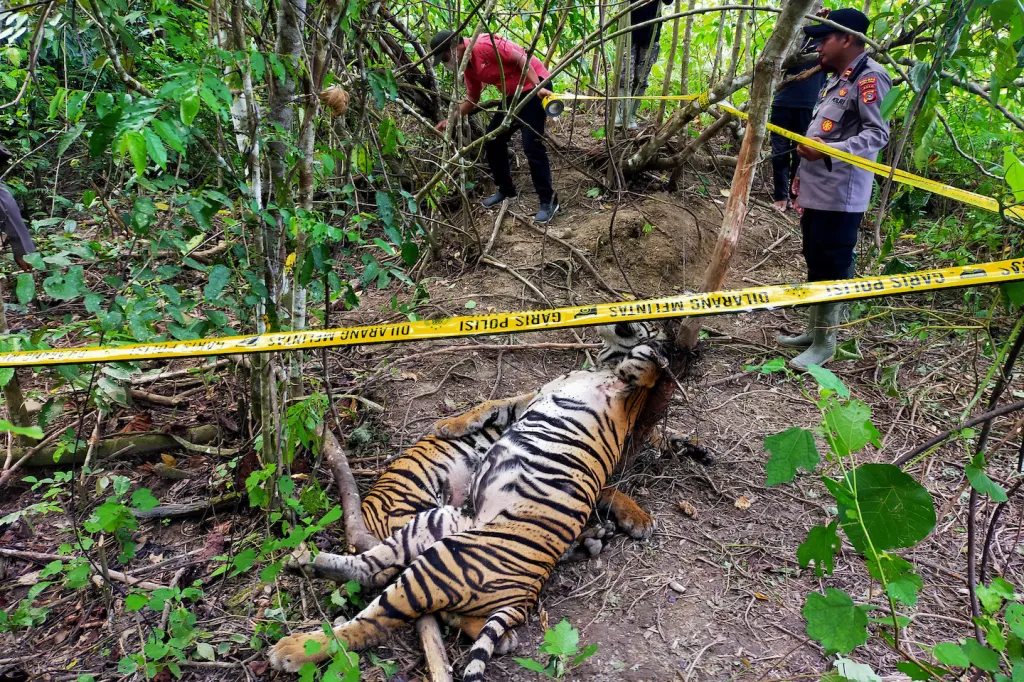
How do conservation laws address tiger deaths with no concrete evidence, despite clear human involvement?
Ms. Anjana Gosain said, Sections 50 of the Wildlife Protection Act, 1972 provide the foundation for investigating and penalizing tiger poaching, while forensic analysis under the CrPC and circumstantial evidence under the Evidence Act help bridge gaps when suspects are unidentified. Further, is it pertinent to note that the powers of the forest officer are similar to a police officer on duty which are enshrined under the Code of Criminal Procedure, 1973. Section 161 of the CrPC (Section 180 of the Bharatiya Nyaya Sanhita, 2023) allows the recording of statements of any person who is likely to provide information on the case. Further, statements of witnesses or informants can be recorded under section 164 (Section 183 of the Bharatiya Nyaya Sanhita, 2023) before a magistrate. These statements can support investigations if credible witnesses or informants have observed any part of the incident. The Indian Evidence Act, 1872 provides guidance on using circumstantial evidence. Although direct evidence may be missing, indirect evidence (such as footprints, tools, and forensic results) and witness statements can create a credible circumstantial case, which courts may accept under Sections 9 and 11 of the Evidence Act. Such investigative measures will be taken to ensure that the culprits can be identified and punished in accordance with law.
“It’s not just about protecting a single animal; it’s about fostering an ecosystem where tigers, communities, and local resources can coexist,” added conservation lawyer Anjana Gosain.
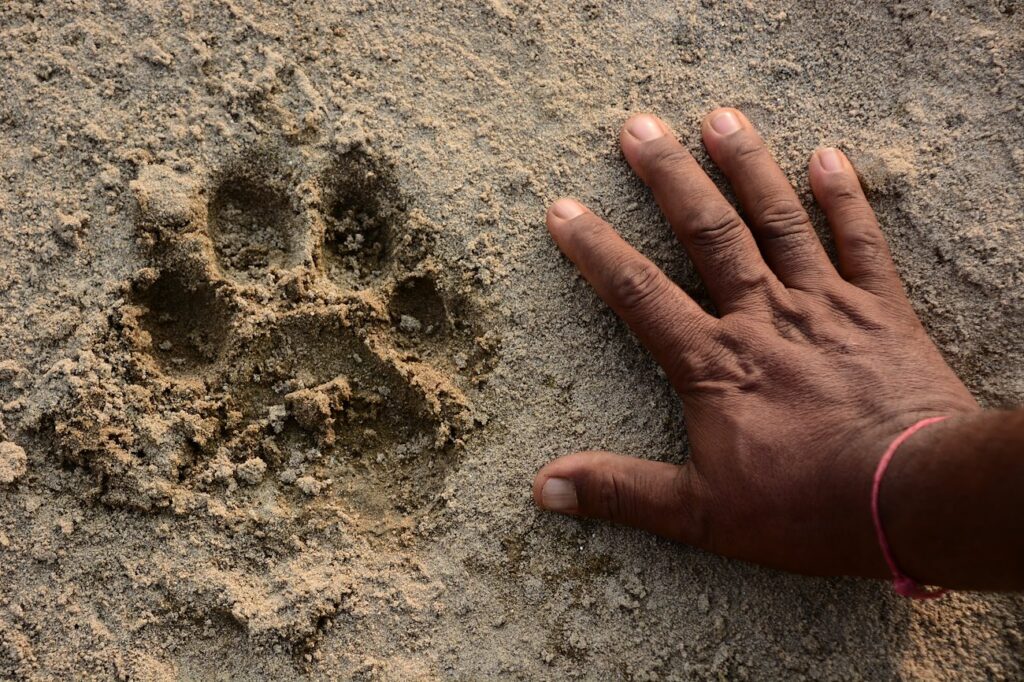
A Better Path Forward
Addressing human-tiger conflict and preventing tiger deaths calls for a multi-faceted, collaborative approach that recognizes the needs of both wildlife and local communities. The recent rise in tiger fatalities, including the tragic case of T-86, highlights the urgency to strengthen conservation efforts and mitigate human-wildlife conflict with more holistic solutions. To truly protect India's tigers, Involving communities as active partners in conservation through sustainable income options, compensation schemes, and awareness programs fosters positive relations and a shared commitment to tiger protection. As India’s wildlife faces increasing threats, a cohesive approach that integrates environmental health, legal protections, and community support will be crucial. By fostering coexistence, India can safeguard both its tiger population and the ecosystems they sustain.
Inputs by Agencies
Image Source: Multiple Agencies
Ⓒ Copyright 2024. All Rights Reserved Powered by Vygr Media


























